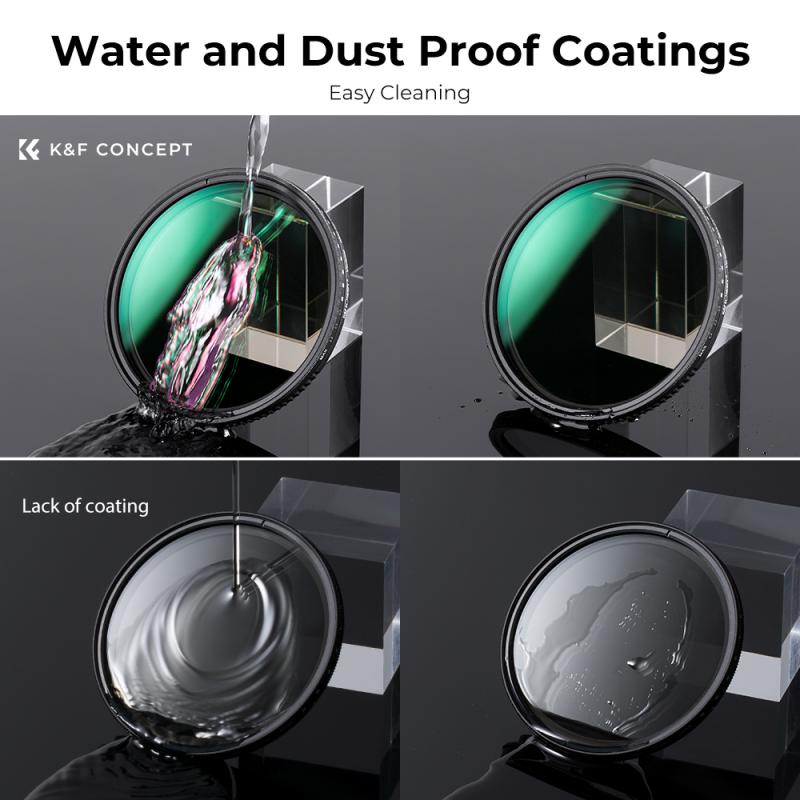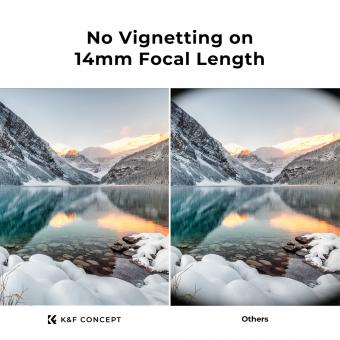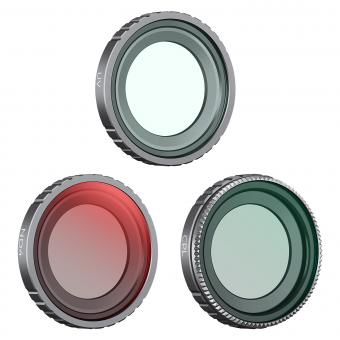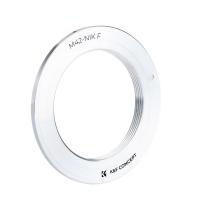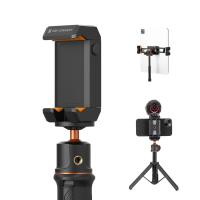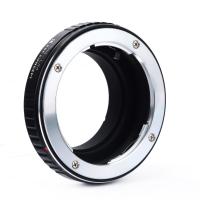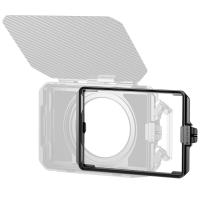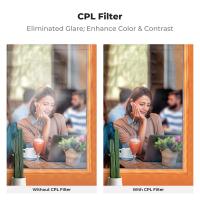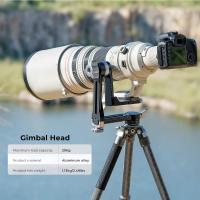What Do Different Camera Filters Do ?
Different camera filters serve various purposes and can have different effects on photographs. Some common types of camera filters include:
1. UV Filters: These filters primarily protect the camera lens from ultraviolet light and can help reduce haze and improve image clarity.
2. Polarizing Filters: Polarizers are used to reduce glare and reflections from non-metallic surfaces such as water or glass. They can also enhance color saturation and contrast in the image.
3. Neutral Density (ND) Filters: ND filters reduce the amount of light entering the camera without affecting the color balance. They are useful in situations where a slower shutter speed or wider aperture is desired, such as capturing motion blur or achieving a shallow depth of field in bright conditions.
4. Graduated Neutral Density (GND) Filters: GND filters have a gradient of darkness that helps balance the exposure between the sky and the foreground in landscape photography. They darken the brighter areas of the image, such as the sky, while keeping the exposure balanced in the rest of the scene.
5. Color Filters: These filters alter the color balance of the image by selectively transmitting certain colors and blocking others. They can be used creatively to achieve specific color effects or to correct color casts in different lighting conditions.
It's important to note that the specific effects and uses of camera filters can vary depending on the brand, type, and quality of the filter.
1、 UV Filters: Reduce haze and protect lens from UV rays.
UV filters are a type of camera filter that serve two main purposes: reducing haze and protecting the lens from harmful UV rays. These filters are transparent and are designed to block ultraviolet light, which can cause a bluish cast in photographs and reduce image clarity.
Reducing haze is one of the primary benefits of using a UV filter. When shooting in outdoor environments, especially on sunny days, the atmosphere can create a hazy effect that reduces the overall sharpness and contrast of the image. UV filters help to minimize this haze, resulting in clearer and more vibrant photographs. By cutting through the atmospheric haze, UV filters can enhance the overall quality of the image, making it appear crisper and more detailed.
Another important function of UV filters is to protect the camera lens from UV rays. These filters act as a barrier, preventing UV light from reaching the lens. UV rays can potentially damage the lens coating and affect image quality over time. By using a UV filter, photographers can safeguard their lenses from these harmful rays, prolonging their lifespan and maintaining optimal performance.
It is worth noting that the effectiveness of UV filters in reducing haze and protecting against UV rays has been a topic of debate among photographers. Some argue that modern digital cameras already have built-in UV filters, making additional UV filters unnecessary. However, others believe that using a UV filter can still provide some benefits, especially in extreme lighting conditions or when shooting in harsh environments.
In conclusion, UV filters are camera accessories that reduce haze and protect the lens from UV rays. While their effectiveness may vary depending on the camera and shooting conditions, many photographers still find value in using UV filters to enhance image quality and protect their valuable lenses.
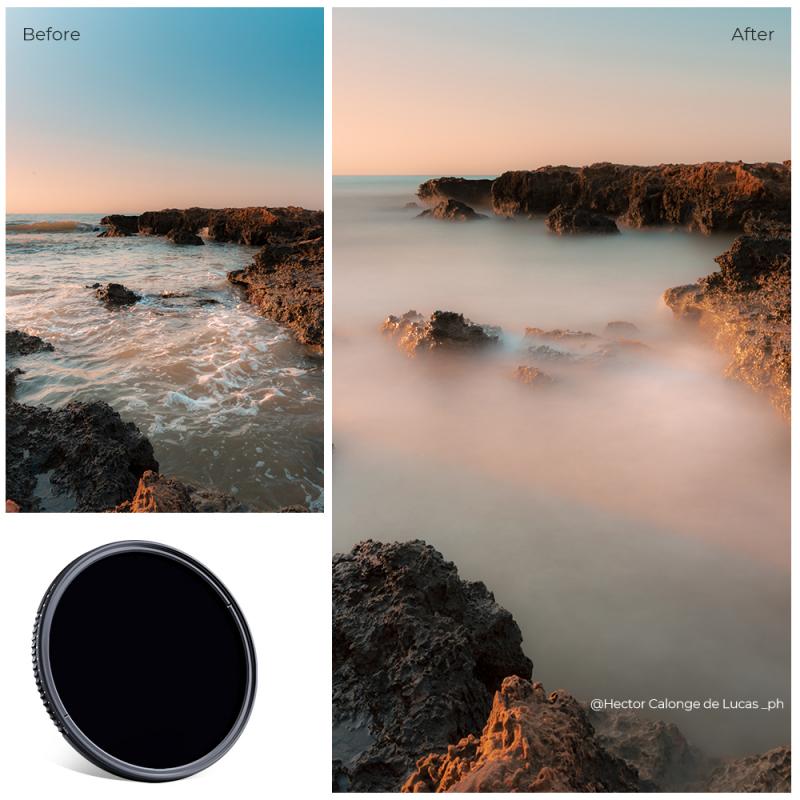
2、 Polarizing Filters: Minimize reflections and enhance color saturation.
Camera filters are essential tools for photographers to enhance their images and achieve specific effects. One popular type of filter is the polarizing filter. Polarizing filters are designed to minimize reflections and enhance color saturation in photographs.
When light reflects off non-metallic surfaces such as water, glass, or foliage, it becomes polarized, meaning the light waves align in a specific direction. This polarization causes unwanted reflections and glare, which can significantly reduce the clarity and color saturation of an image. By using a polarizing filter, photographers can effectively reduce these reflections and enhance the overall quality of their photographs.
Polarizing filters work by selectively blocking certain polarized light waves. When the filter is rotated to the correct angle, it allows only the desired light waves to pass through, resulting in reduced reflections and increased color saturation. This helps to bring out the true colors of the subject and create a more vibrant and visually appealing image.
In addition to minimizing reflections and enhancing color saturation, polarizing filters also have other benefits. They can darken skies, making clouds stand out more prominently and creating a more dramatic effect. They can also improve the visibility of underwater scenes by reducing the glare caused by sunlight reflecting off the water's surface.
It is important to note that the effectiveness of polarizing filters can vary depending on factors such as the angle of the light source, the position of the photographer, and the type of subject being photographed. Therefore, it is crucial for photographers to experiment with different angles and settings to achieve the desired effect.
In conclusion, polarizing filters are valuable tools for photographers as they minimize reflections and enhance color saturation. They help to improve the overall quality and visual impact of photographs by reducing glare and bringing out the true colors of the subject. With their ability to create more vibrant and captivating images, polarizing filters remain an essential accessory for photographers seeking to capture stunning and compelling photographs.
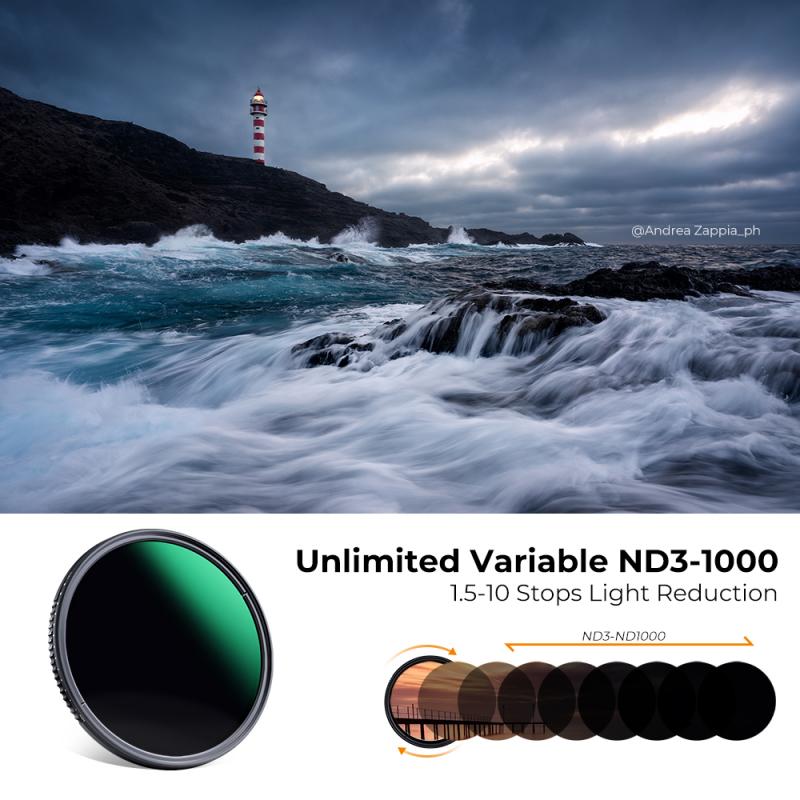
3、 Neutral Density Filters: Decrease light intensity for longer exposures.
Neutral density filters are an essential tool in photography that help control the amount of light entering the camera lens. These filters are particularly useful in situations where there is too much light, such as bright sunlight or when shooting in bright conditions with a wide aperture. By decreasing the light intensity, neutral density filters allow photographers to achieve longer exposures, which can result in unique and creative effects.
One of the primary purposes of using neutral density filters is to capture motion blur. When shooting subjects like flowing water, moving clouds, or busy city streets, longer exposures can create a sense of movement and add a dynamic element to the image. By reducing the amount of light entering the camera, neutral density filters enable photographers to use slower shutter speeds without overexposing the image.
Additionally, neutral density filters can be used to achieve a shallow depth of field in bright conditions. When shooting with a wide aperture, such as f/1.8 or f/2.8, the image can become overexposed if there is too much light. By using a neutral density filter, photographers can maintain a wide aperture while reducing the light intensity, allowing for a shallower depth of field and creating a pleasing background blur.
From a contemporary perspective, neutral density filters have become even more popular with the rise of long exposure photography and time-lapse videos. These filters enable photographers to capture stunning images of landscapes, seascapes, and cityscapes with smooth, silky water or streaking clouds. They also allow for creative techniques such as light painting, where the photographer can use a longer exposure to paint with light and create unique patterns or shapes.
In conclusion, neutral density filters are essential tools for photographers looking to control light intensity and achieve longer exposures. They enable the capture of motion blur, create a shallow depth of field in bright conditions, and open up creative possibilities in long exposure photography.

4、 Graduated Neutral Density Filters: Balance exposure between bright and dark areas.
Graduated Neutral Density (ND) filters are a type of camera filter that helps balance exposure between bright and dark areas in a photograph. These filters are particularly useful in landscape photography, where there is often a significant difference in brightness between the sky and the foreground.
The purpose of a graduated ND filter is to darken the brighter areas of the image, such as the sky, while keeping the exposure of the darker areas, like the foreground, unchanged. This helps to achieve a more balanced exposure throughout the image, preventing overexposure in the sky and underexposure in the foreground.
Graduated ND filters come in various strengths, allowing photographers to choose the appropriate level of darkness for the filter based on the scene's dynamic range. They typically have a gradient transition from dark to clear, which can be positioned in front of the lens to cover the bright portion of the frame.
By using a graduated ND filter, photographers can capture scenes with a higher dynamic range, where both the sky and the foreground are properly exposed. This eliminates the need for post-processing techniques like HDR (High Dynamic Range) photography, which can sometimes result in unnatural-looking images.
In recent years, advancements in digital photography have allowed for more flexibility in post-processing techniques, such as exposure blending and selective adjustments. However, graduated ND filters still offer a practical and efficient solution for achieving balanced exposures in-camera, especially for photographers who prefer to capture the scene as accurately as possible without relying heavily on post-processing.
Overall, graduated ND filters remain a valuable tool for photographers, enabling them to capture stunning landscape images with a balanced exposure between bright and dark areas.
